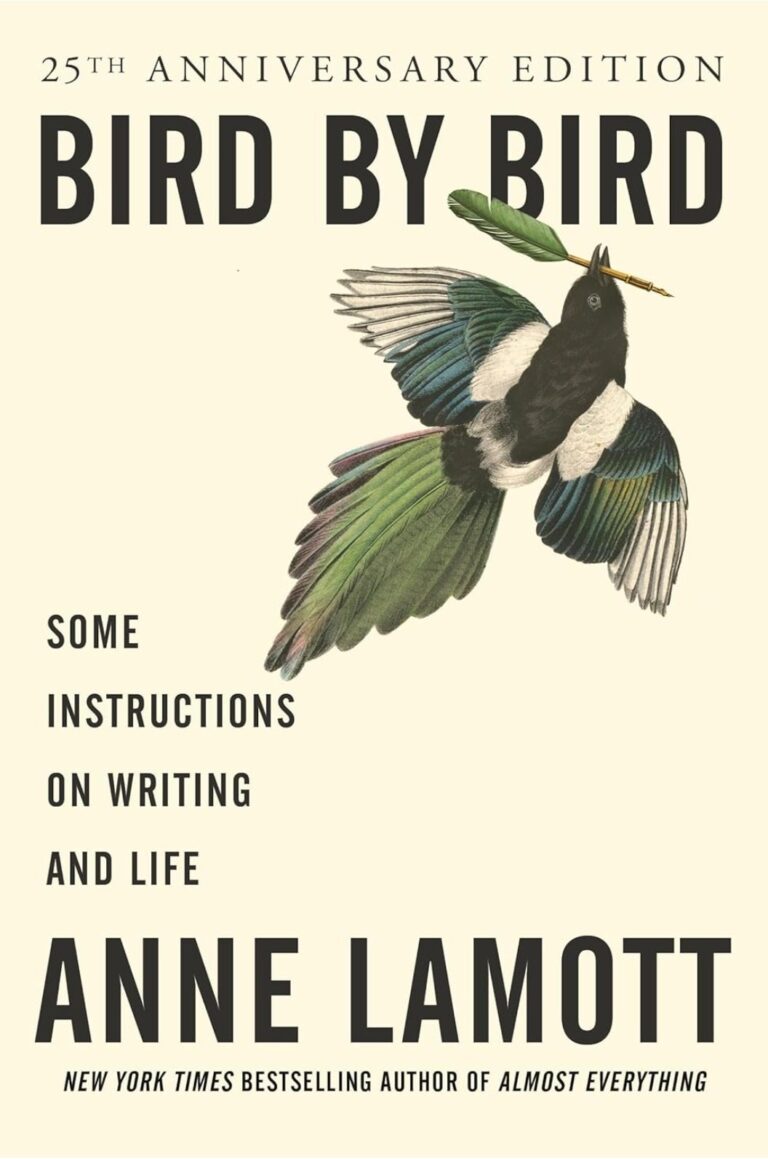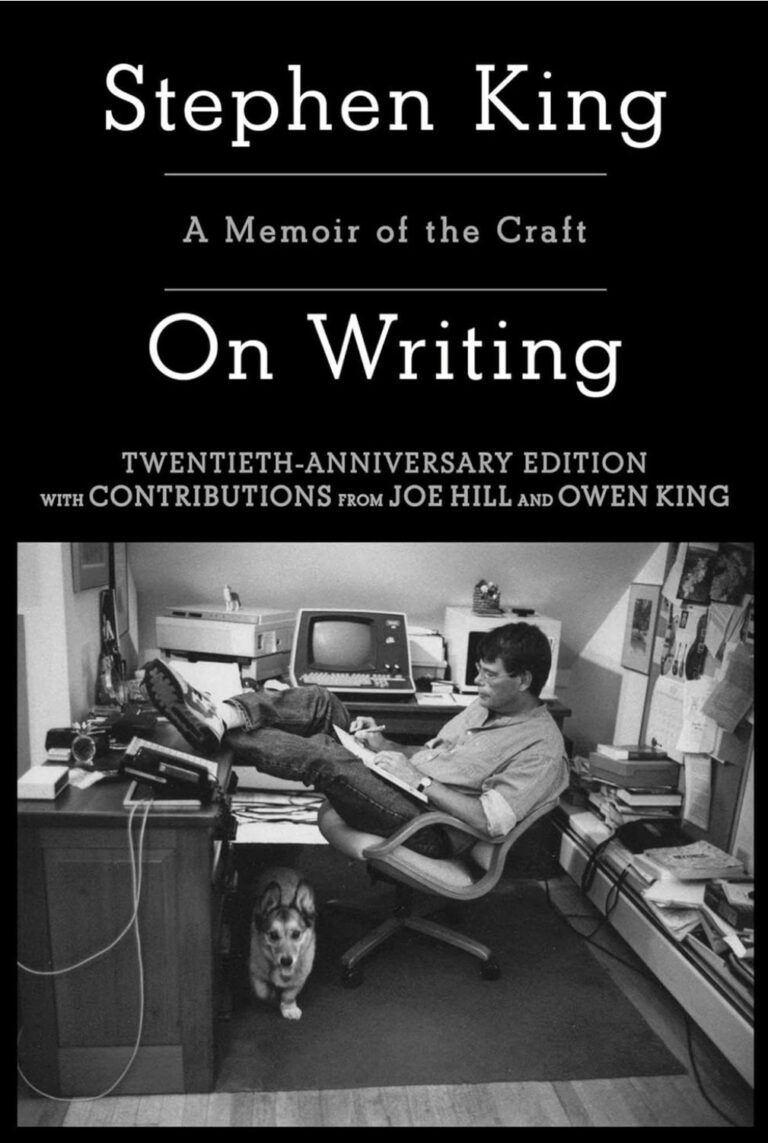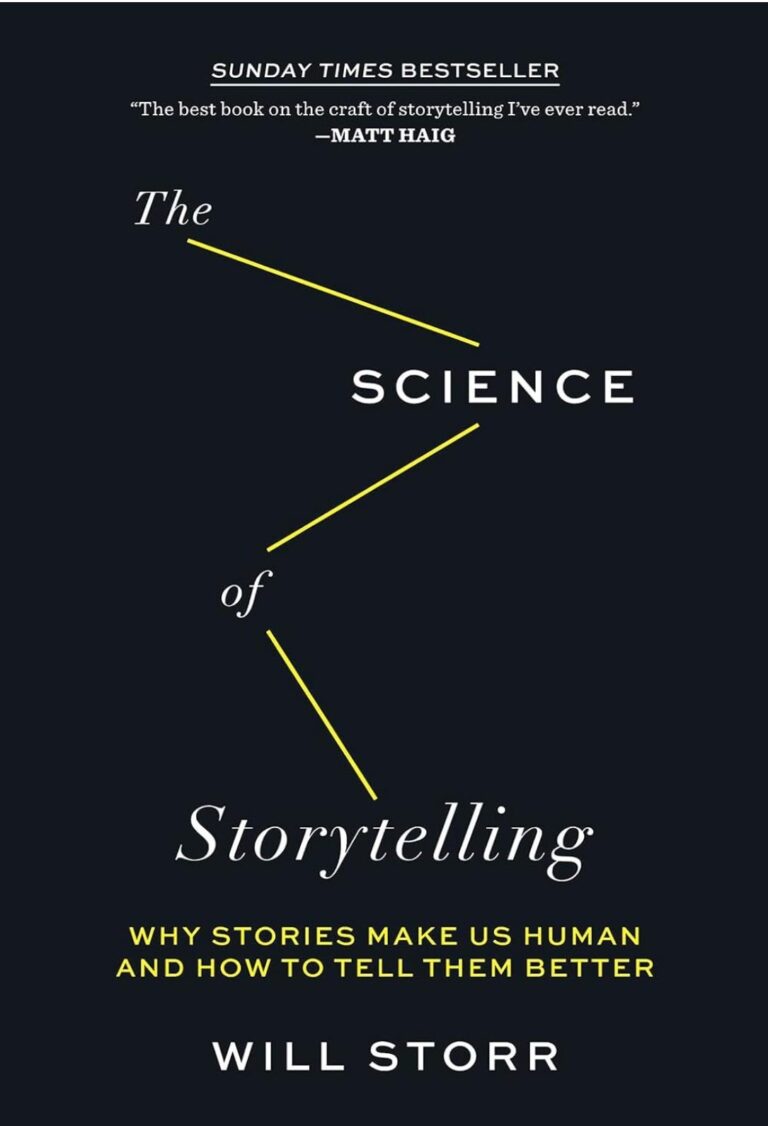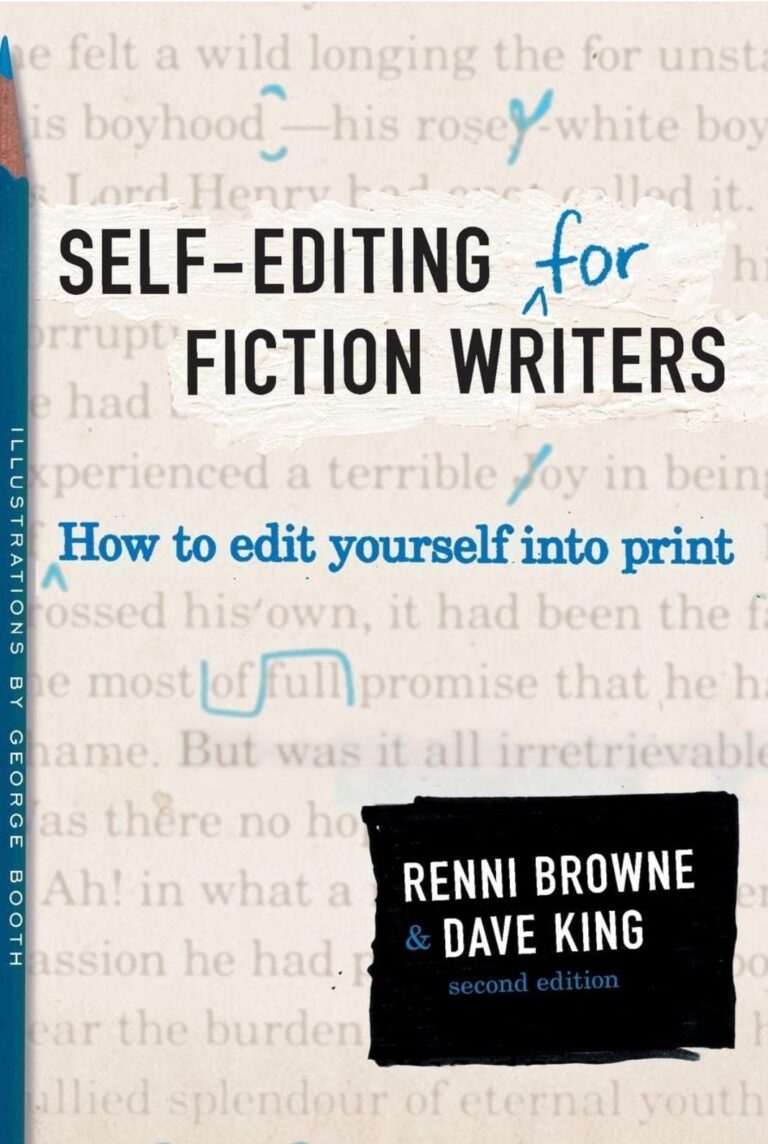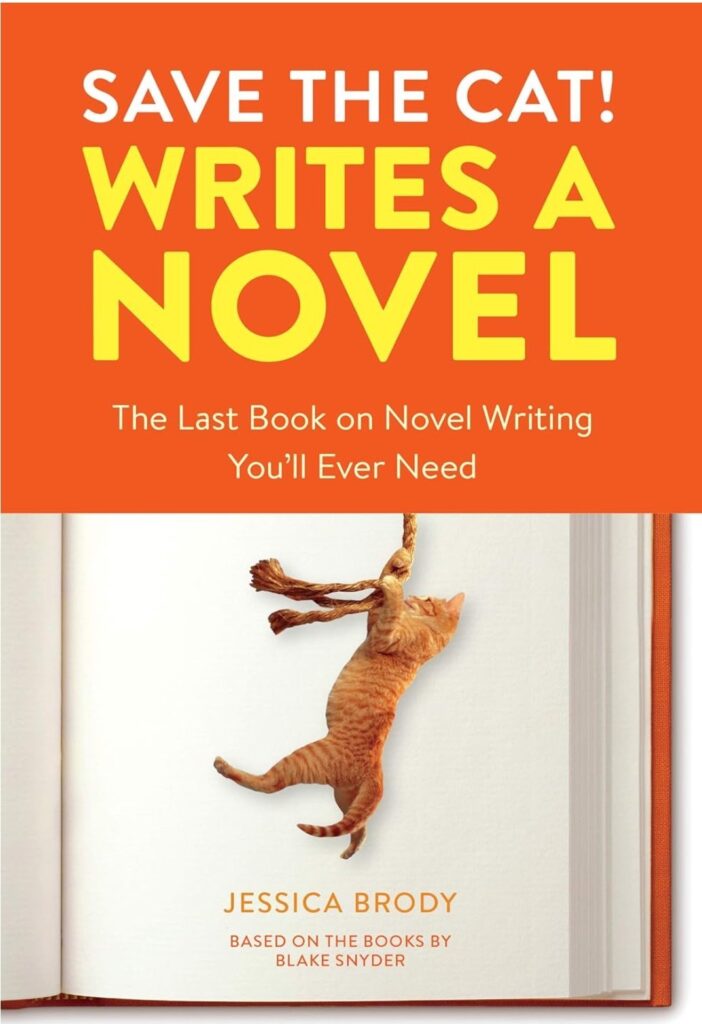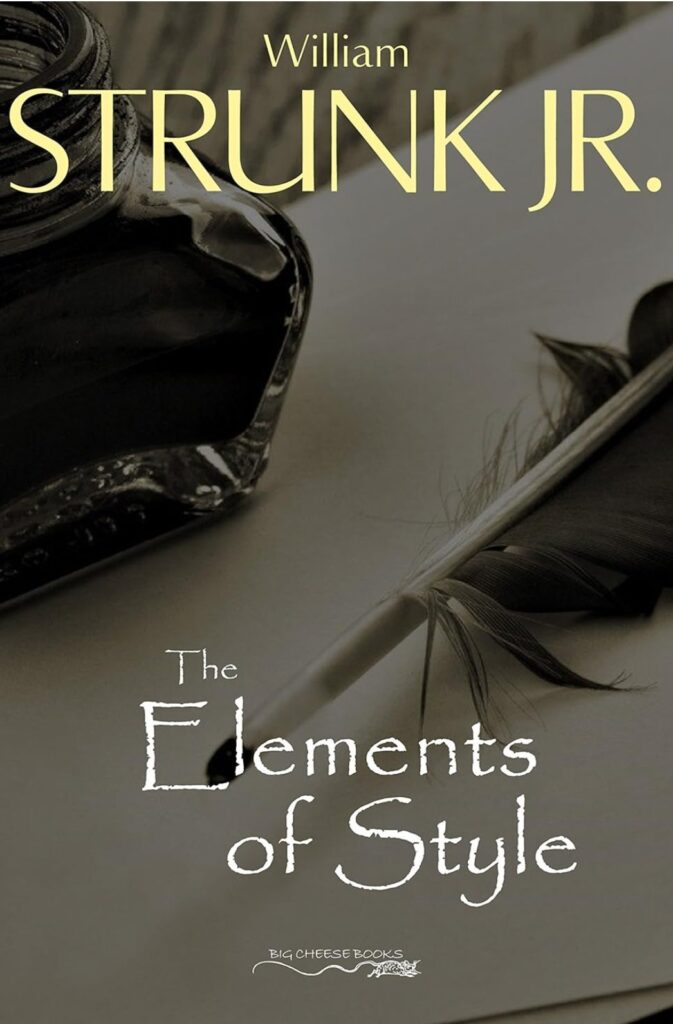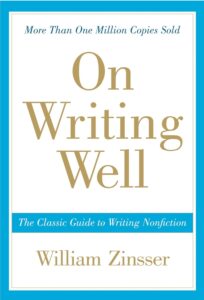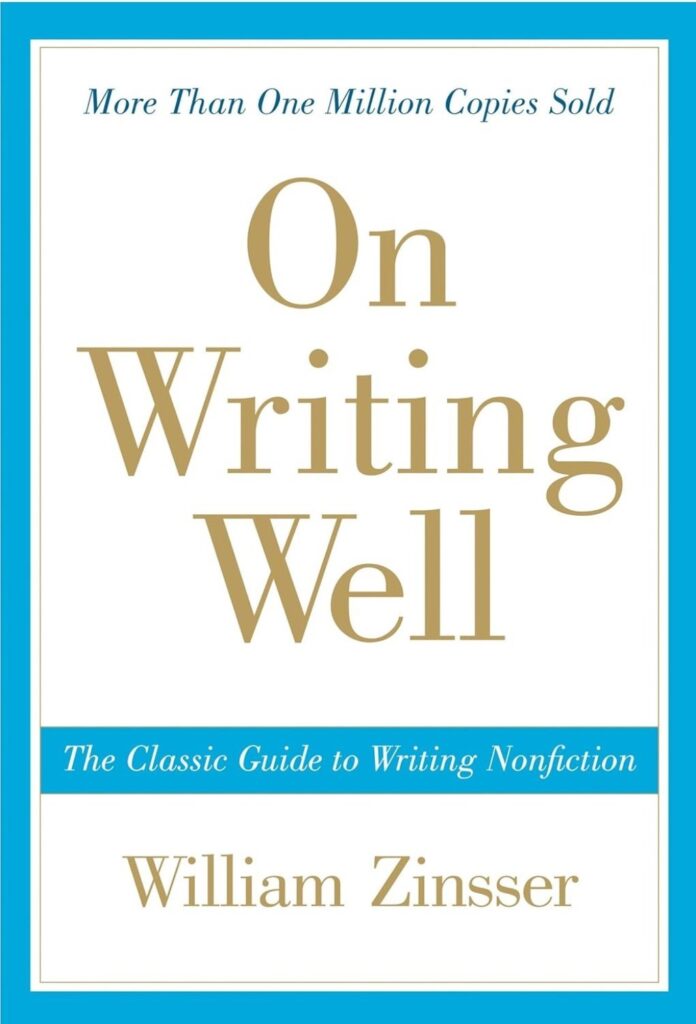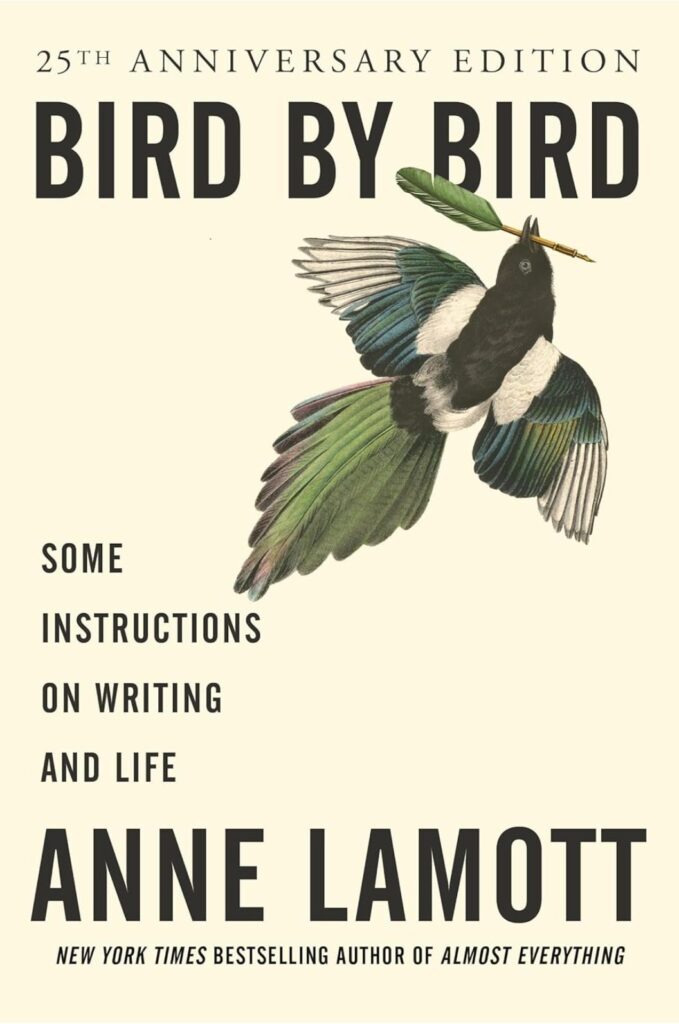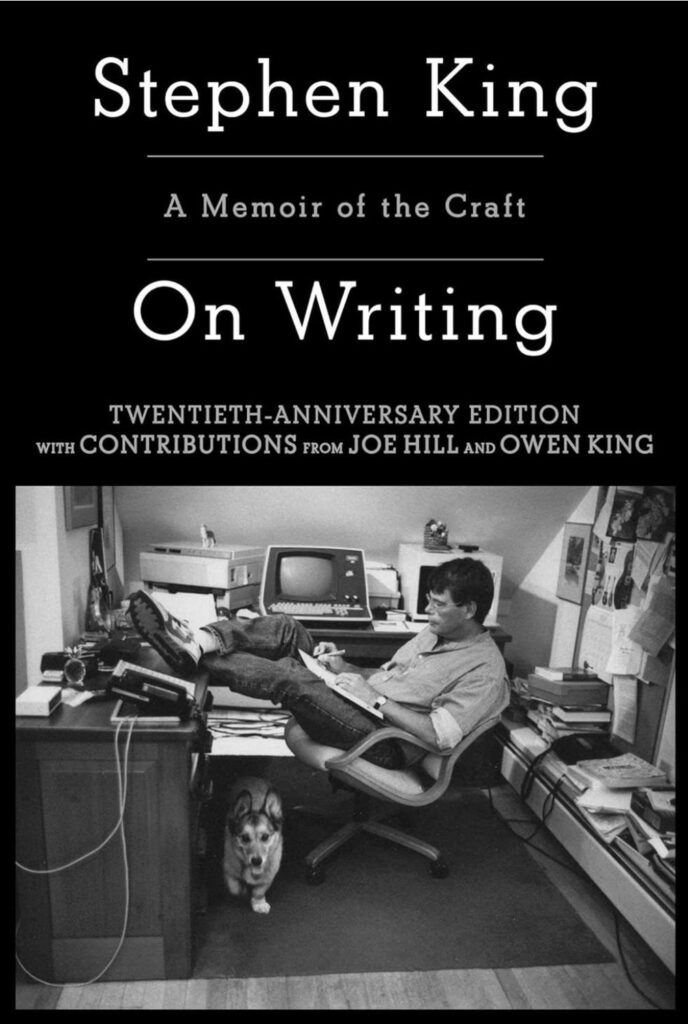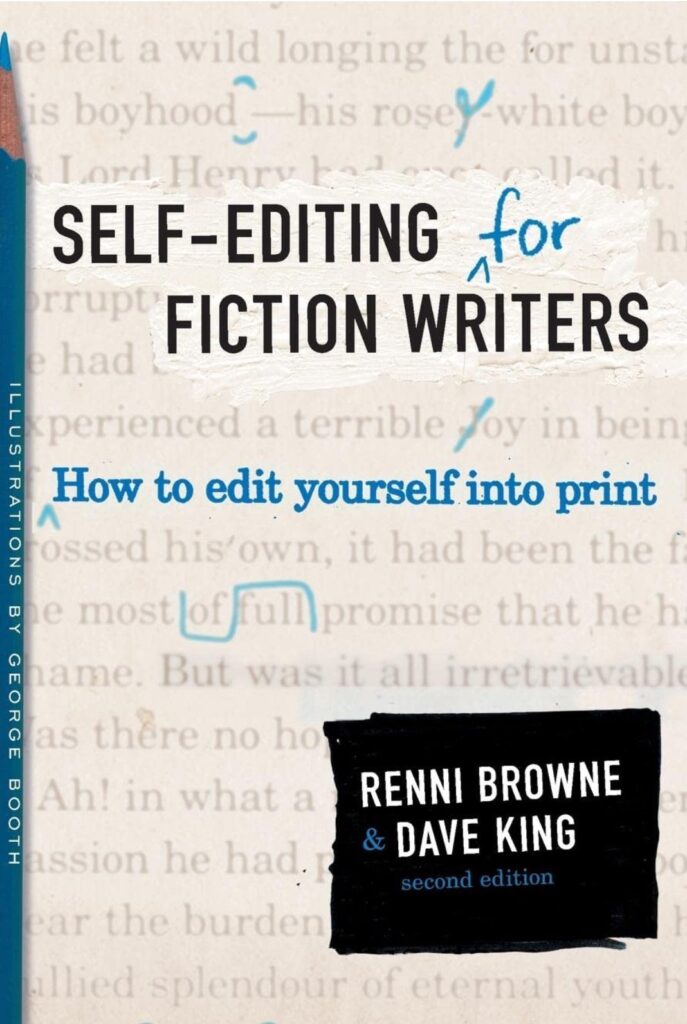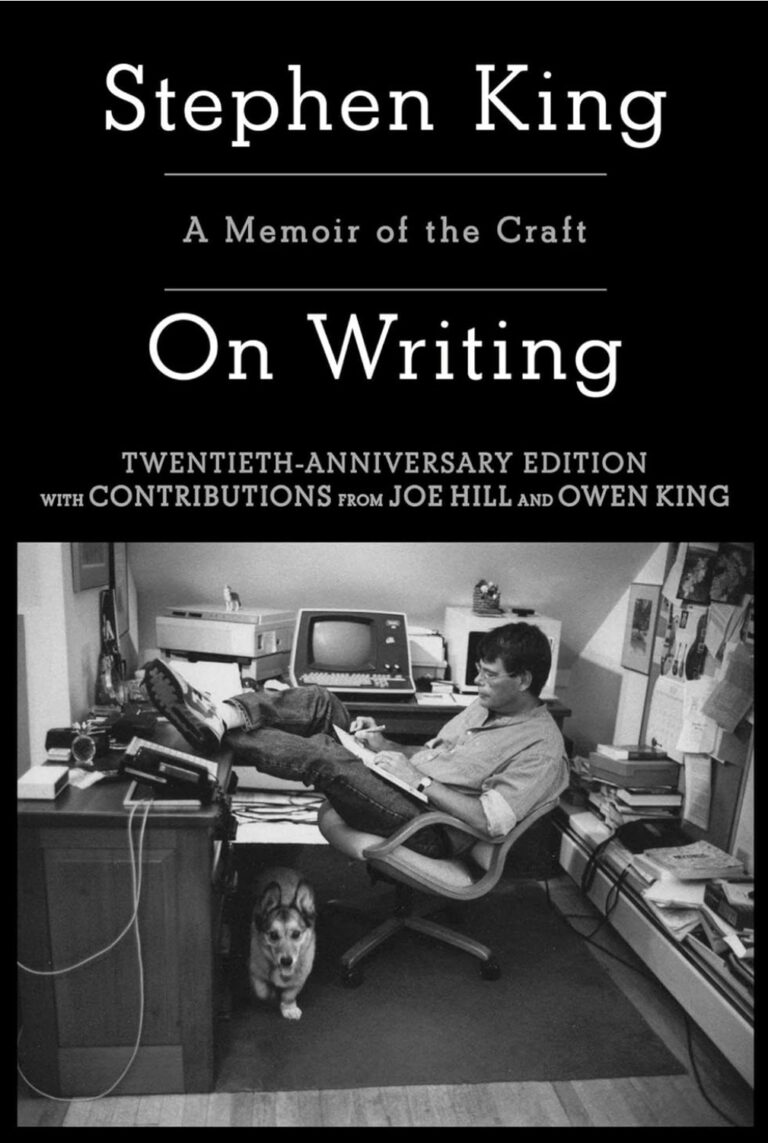Welcome to my guide on the writing process. Let’s dive into the nitty-gritty details.
Whether you’re plotting a steamy insta-love story or revising a paranormal romance, having a strong writing process can make all the difference. It’s not just about putting words on the page—it’s about crafting a story that grabs readers and doesn’t let go.
As someone who writes insta-love romances about alien farmhands and supernatural twists, I’ve learned a lot about what works—and what doesn’t—when it comes to writing. So, grab a cup of coffee (or your drink of choice), and let’s talk about how to make your writing process work for you.
Table of Contents
ToggleFinding Your Routine
First things first: your routine. A consistent writing routine helps you stay focused and productive, even on days when the words don’t flow easily.
In Developing a Writing Routine for Romance Authors, I shared tips for finding what works for you. Maybe you’re a morning writer who loves the quiet hours before the world wakes up. Or maybe you thrive at night, when everything feels a little more magical.
For me, it’s all about creating a cozy space. I light a candle, brew some tea, and dive into my world. A little ritual can go a long way in signaling your brain that it’s time to write.
Outlining and Planning
Once you have your routine, it’s time to plan. Outlining might sound rigid, but trust me, it’s a lifesaver—especially for romance writers.
In Outlining and Planning Paranormal Romance Novels, I broke down my process. Start with the big moments: the meet-cute, the turning points, the climax, and the resolution. Then, fill in the gaps with smaller scenes that build toward those moments.
I like to keep my outlines loose enough to allow for surprises. Sometimes, characters take the story in unexpected directions, and that’s part of the magic.
Managing Pacing
Pacing can make or break a romance story. Too slow, and readers lose interest. Too fast, and they don’t have time to fall in love with your characters.
In Managing Pacing in Insta-Love Stories, I shared tips for keeping the story moving while giving readers time to savor the romance. One trick? Alternate between moments of high tension and emotional intimacy. This creates a rhythm that keeps readers hooked.
For example, in one of my alien romances, I followed a high-stakes action scene with a quiet moment where the hero and heroine shared their fears. The contrast made both scenes more impactful.
Using Sensory Details
Great romance scenes don’t just tell readers what’s happening—they make them feel it.
In Utilizing Sensory Details to Enhance Your Romance Scenes, I shared how to bring your scenes to life through sight, sound, touch, taste, and smell. What does the hero’s voice sound like? How does the heroine’s skin feel against his hand? These details pull readers into the moment.
One of my favorite scenes I’ve written involves a first kiss in a rainstorm. I described the cool drops on their skin, the scent of wet earth, and the way their breaths mingled in the damp air. Sensory details made the scene unforgettable.
Balancing Dialogue and Narrative
Dialogue and narrative each have their place in a romance story, but finding the right balance is key.
In Balancing Dialogue and Narrative in Paranormal Romance, I explored how to use both effectively. Dialogue brings characters to life, while narrative gives readers insight into their thoughts and feelings.
In my own writing, I like to use dialogue to reveal chemistry and narrative to build tension. For example, a flirty exchange might be followed by a paragraph where the heroine wonders if the hero feels the same spark she does.
Crafting Multi-Dimensional Characters
Characters are the heart of your story. If readers don’t care about them, they won’t care about the romance.
In Crafting Multi-Dimensional Characters in Short Romances, I shared tips for making your characters feel real. Give them strengths, flaws, and goals. Let them grow and change over the course of the story.
For example, one of my heroines started out closed off and afraid of love. Over the course of the story, her connection with the hero helped her learn to trust again. Her growth made the romance more meaningful.
Editing and Revising
The first draft is just the beginning. Editing is where the magic happens.
In Tips for Editing and Revising Your Supernatural Romance Manuscript, I shared my step-by-step approach. Start with the big picture: plot, pacing, and character arcs. Once those are solid, focus on line edits to polish your prose.
I also recommend getting feedback from beta readers or critique partners. They’ll catch things you might have missed and help you see your story from a fresh perspective.
Overcoming Writer’s Block
We’ve all been there. Staring at a blank page, feeling like the words just won’t come.
In Overcoming Writer’s Block in Short Story Writing, I shared some strategies that have worked for me. Take a walk, switch to a different scene, or set a timer and write whatever comes to mind.
Sometimes, I like to reread my favorite romance scenes for inspiration. It reminds me why I fell in love with writing in the first place.
Final Thoughts
The writing process looks different for everyone, and that’s okay. What matters is finding what works for you and sticking with it.
Whether you’re outlining your next paranormal romance, revising an insta-love story, or simply trying to get words on the page, remember that every step of the process brings you closer to your goal. And don’t forget to check out the linked posts for more tips and inspiration.
You’ve got this! Happy writing!


















